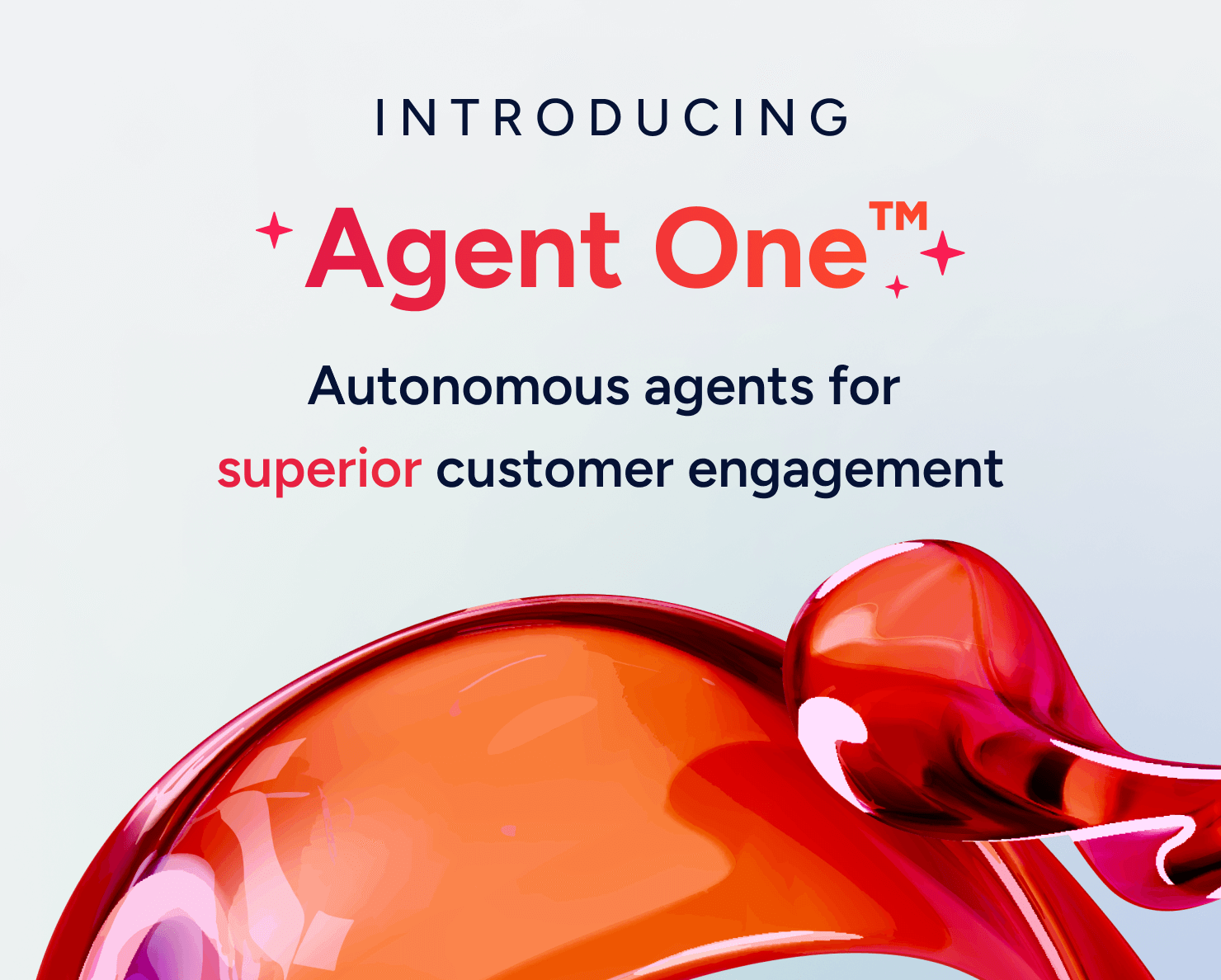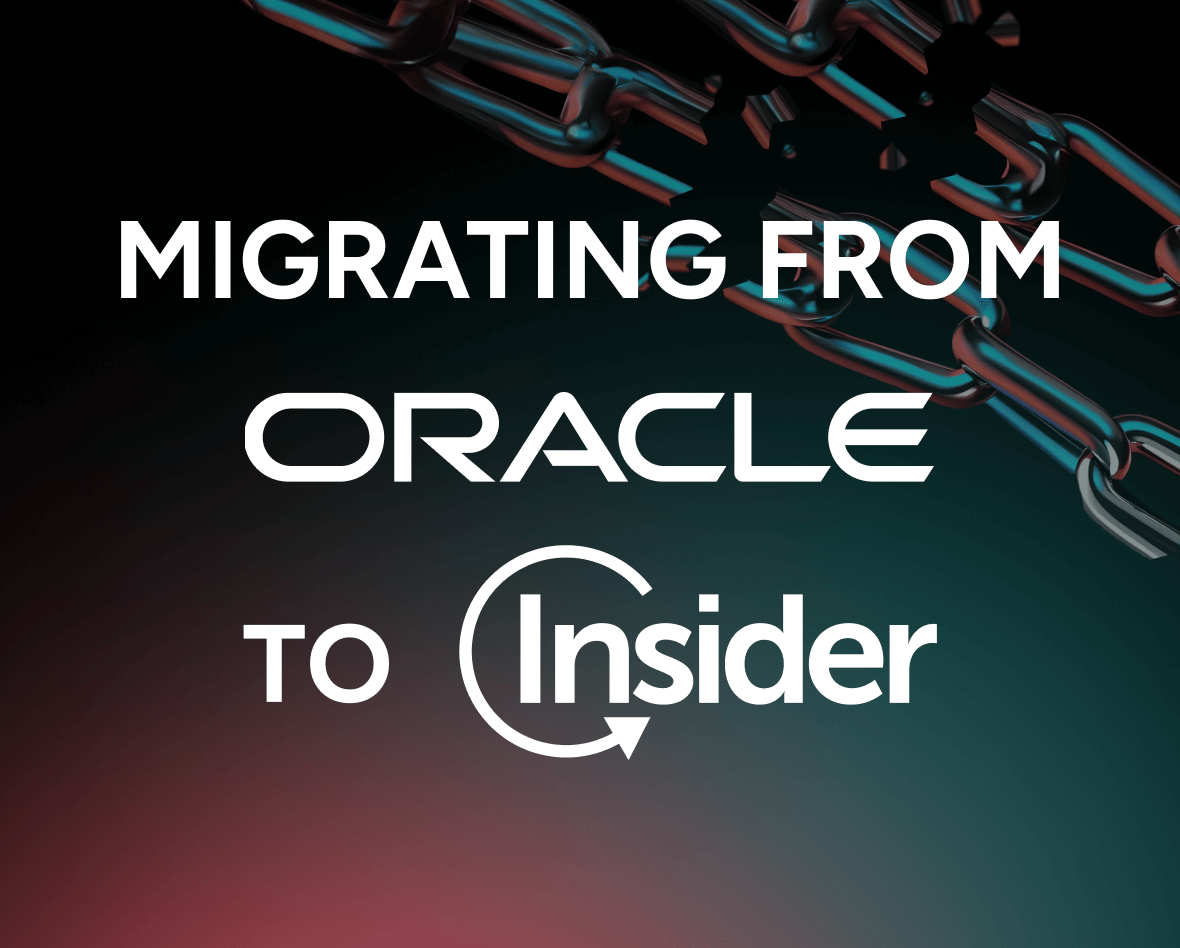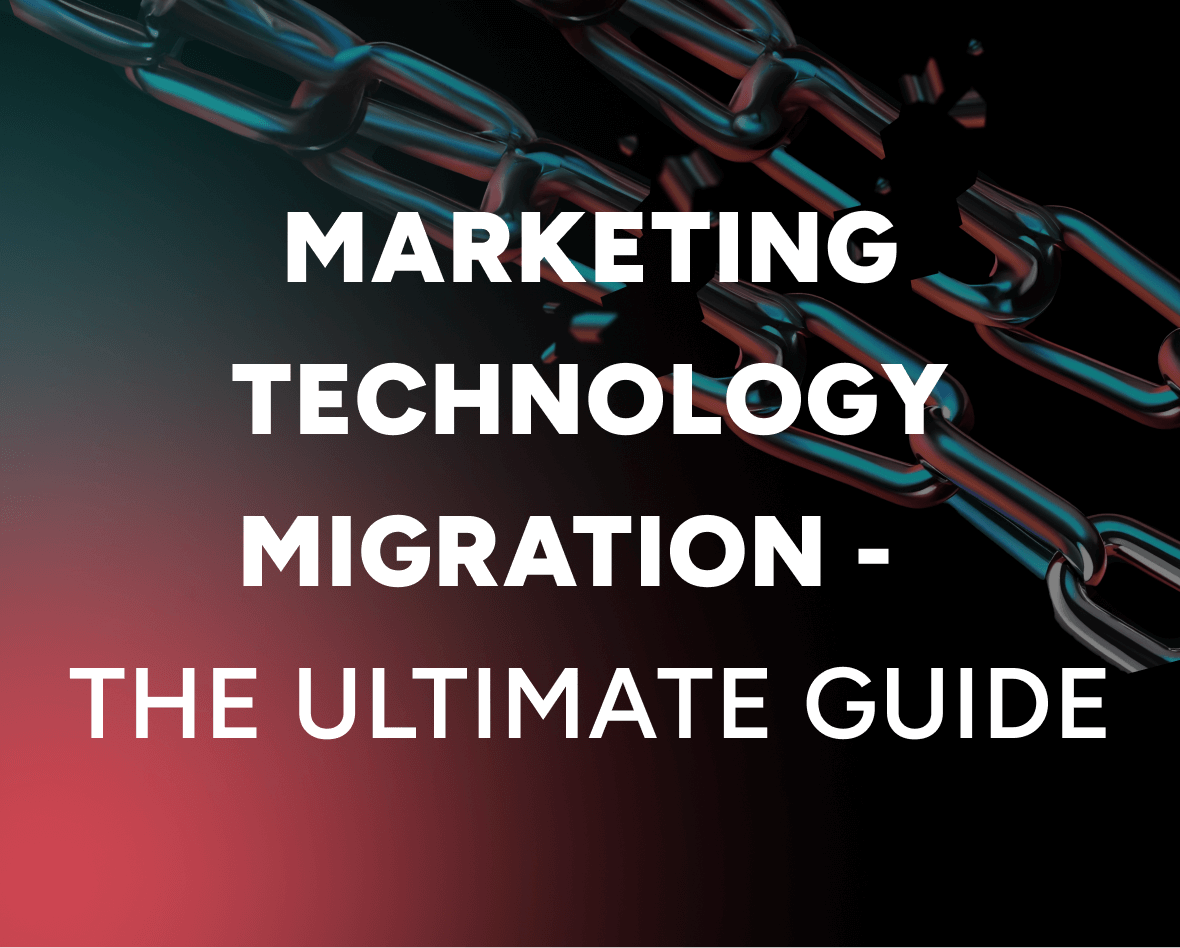Unlocking the Power of Hyper-Personalization: How AI-Driven Marketing is Redefining Customer Engagement
As customer expectations evolve, generic marketing strategies are becoming increasingly ineffective. Today’s consumers are savvy, empowered, and demand more than simple name recognition or past-purchase recommendations. They want relevant, real-time interactions tailored to their specific needs, preferences, and behaviors.
Updated on 30 Sep 2025
Enter hyper-personalization—a data-driven approach to marketing that leverages artificial intelligence (AI) and advanced analytics to create unique, meaningful customer experiences. By anticipating customer desires and engaging them at the right time through the right channel, hyper-personalization is redefining how brands build loyalty and drive business results.
In this blog, we will explore the concept of hyper-personalization, its key benefits, real-world examples, and strategies to integrate it into your marketing approach.
What is hyper-personalization?
Hyper-personalization goes beyond traditional personalization by utilizing AI, machine learning, and vast amounts of real-time data to tailor personalized marketing messages and experiences to each individual customer. While traditional personalization might involve using a customer’s name in an email or suggesting products based on past purchases, hyper-personalization digs much deeper. It leverages data from various touchpoints—including browsing behavior, social media activity, and location data—to predict customer preferences and deliver highly relevant content, offers, and experiences.
In essence, hyper-personalization provides brands with the tools to move from a one-size-fits-all approach to a finely tuned strategy that resonates with individual customers at every stage of their journey.
The technologies behind hyper-personalization
AI and machine learning are the driving forces behind hyper-personalization, enabling brands to process massive amounts of customer data in real-time. These technologies allow marketers to analyze patterns, predict behaviors, and identify the optimal moment to engage with customers. Additionally, predictive AI can help brands anticipate customer needs, while generative AI can create dynamic content, such as personalized offers or chatbot responses, tailored specifically to each user.
Another key aspect of hyper-personalization is data integration. By consolidating data from various platforms—websites, apps, social media, CRM systems, and offline interactions—brands can develop a comprehensive understanding of their customers. This unified view helps marketers create personalized experiences that go beyond simple segmentation and tap into the unique preferences and behaviors of each individual.
What are the benefits of hyper-personalization?
Hyper-personalization delivers a range of powerful benefits that can enhance your marketing efforts and drive measurable results:
Enhanced customer experience
When brands deliver content and offers that align with customers’ specific interests, behaviors, and preferences, customers feel understood and valued. This can foster stronger emotional connections and loyalty. For example, brands can leverage conversational AI to predict customer intent and provide personalized, real-time responses through messaging apps, creating a more engaging and satisfying experience.
Increased conversion rates
Personalized marketing messages are more likely to resonate with customers, leading to higher conversion rates. By using tools like Next Best Channel predictions, brands can deliver messages and offers through the channels most preferred by each individual, increasing the likelihood of engagement and action.
Improved customer retention and lifetime value
Delivering relevant content consistently builds trust and strengthens relationships, encouraging customers to return. For instance, online media brands can use hyper-personalization to curate personalized content feeds and send targeted notifications, increasing retention rates and customer lifetime value.
Optimized marketing spend
By targeting the right audience with highly relevant messages, hyper-personalization reduces wasted marketing efforts and optimizes spend. Brands can focus their resources on segments most likely to convert, leading to better ROI on marketing campaigns.
Hyper-personalization examples
Hyper-personalization in retail
In the retail sector, brands like Amazon have set a high bar by using AI-powered recommendations based on browsing history, purchase behavior, and even real-time data such as location. By analyzing these data points, retailers can create tailored shopping experiences that reflect each customer’s preferences and context, whether it’s personalized product recommendations or dynamic pricing strategies.
Hyper-personalization in banking
Financial institutions are also embracing hyper-personalization. Banks are leveraging AI to analyze customer transaction data, financial goals, and even social media activity to deliver personalized financial advice, loan offers, and product recommendations. This approach not only helps customers make more informed financial decisions but also strengthens their trust in the institution.
How to implement hyper-personalization in your marketing strategy
Obtain a deeper understanding of your customers
The foundation of hyper-personalization is a robust customer data platform (CDP) that unifies data from multiple sources, including websites, apps, CRM systems, and offline interactions. By consolidating this data, brands can create detailed customer profiles and develop personalized experiences that resonate on a deeper level.
Leverage advanced technology and AI
Once sufficient data is collected, brands need to harness advanced analytics and AI to derive insights and implement hyper-personalization strategies. Tools like funnel and flow analytics can help brands visualize customer journeys and optimize them accordingly. Additionally, AI-driven features like Send Time Optimization ensure that messages are delivered at the most opportune moments, while geo-fence triggers allow brands to engage with customers based on their real-time location.
Create a hyper-personalized content strategy
Crafting personalized content is key to successful hyper-personalization. Brands should tailor their messaging to individual customer segments and consider each phase of the buyer’s journey. For example, brands can offer different experiences for new versus returning visitors, or send dynamic offers that change based on real-time customer behavior and preferences.
Automate AI-generated conversations
AI-driven chatbots and natural language processing tools can help brands engage in human-like conversations with customers, offering personalized recommendations and assistance based on past interactions and customer intent. By automating these interactions, brands can provide real-time, tailored support at scale.
Read more about Ecommerce personalization strategy.
How personalization tools drive hyper-personalization
A key factor in successfully implementing hyper-personalization is the effective use of personalization tools. These tools leverage AI, machine learning, and data analytics to create and deliver highly customized experiences for each customer. By automating the collection and analysis of vast amounts of data, personalization tools allow brands to optimize every interaction in real-time, ensuring that customers receive relevant content, offers, and recommendations.
Wrapping up
Hyper-personalization is no longer a nice-to-have—it’s a must for brands looking to stay competitive in today’s digital landscape. By leveraging AI, advanced analytics, and real-time data, marketers can create deeply relevant, personalized experiences that drive customer engagement, increase conversions, and build lasting loyalty. However, it’s essential to ensure that data is accurate, ethically sourced, and used transparently to build trust with customers.
As hyper-personalization continues to evolve, brands that embrace this approach will be well-positioned to deliver exceptional customer experiences and achieve significant business growth.
Want to find out more?
Book a demo with one of our experts today to discover how Insider can help your business harness the power of hyper-personalization.
FAQs
Hyper-personalization uses AI and real-time data to deliver tailored experiences, whereas traditional personalization typically relies on static data like names or past purchases.
Businesses need a robust CDP, AI-driven tools, and a detailed understanding of customer data to implement hyper-personalization successfully.
Brands must prioritize transparency, ethical data usage, and compliance with data regulations to ensure customer trust.
Success can be measured through KPIs such as customer engagement, conversion rates, and customer lifetime value, alongside traditional metrics like ROI.



















